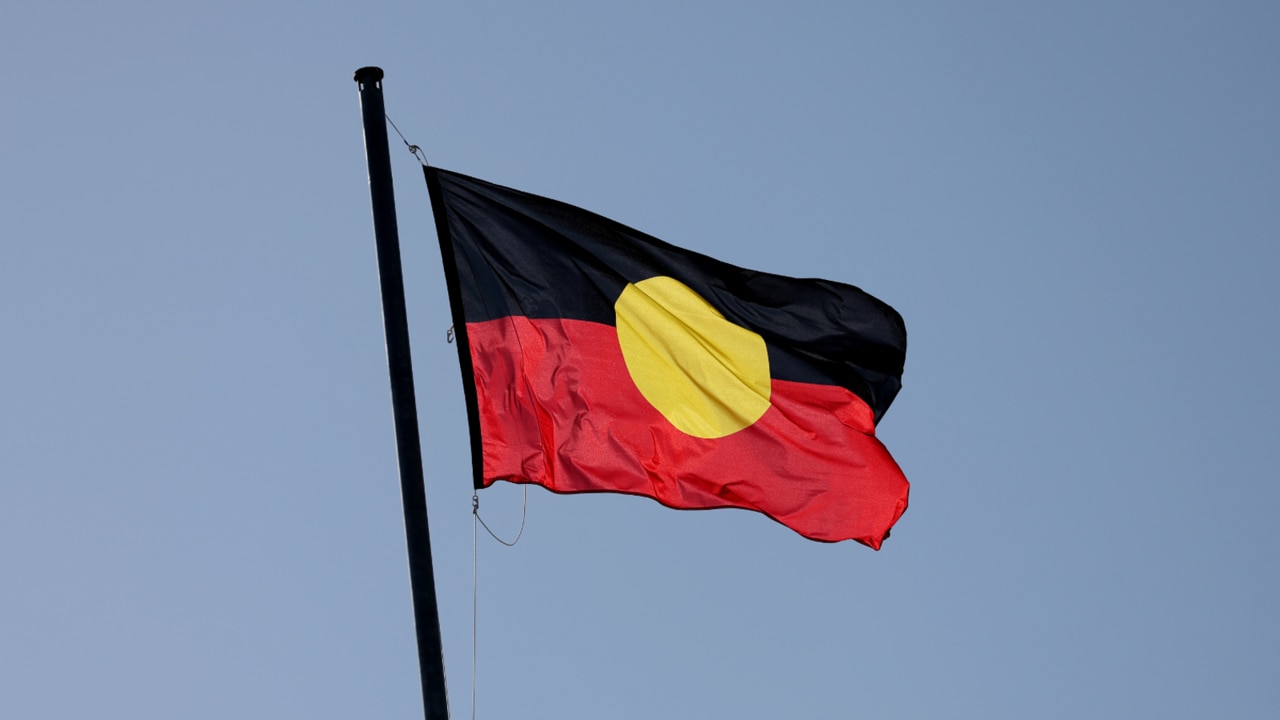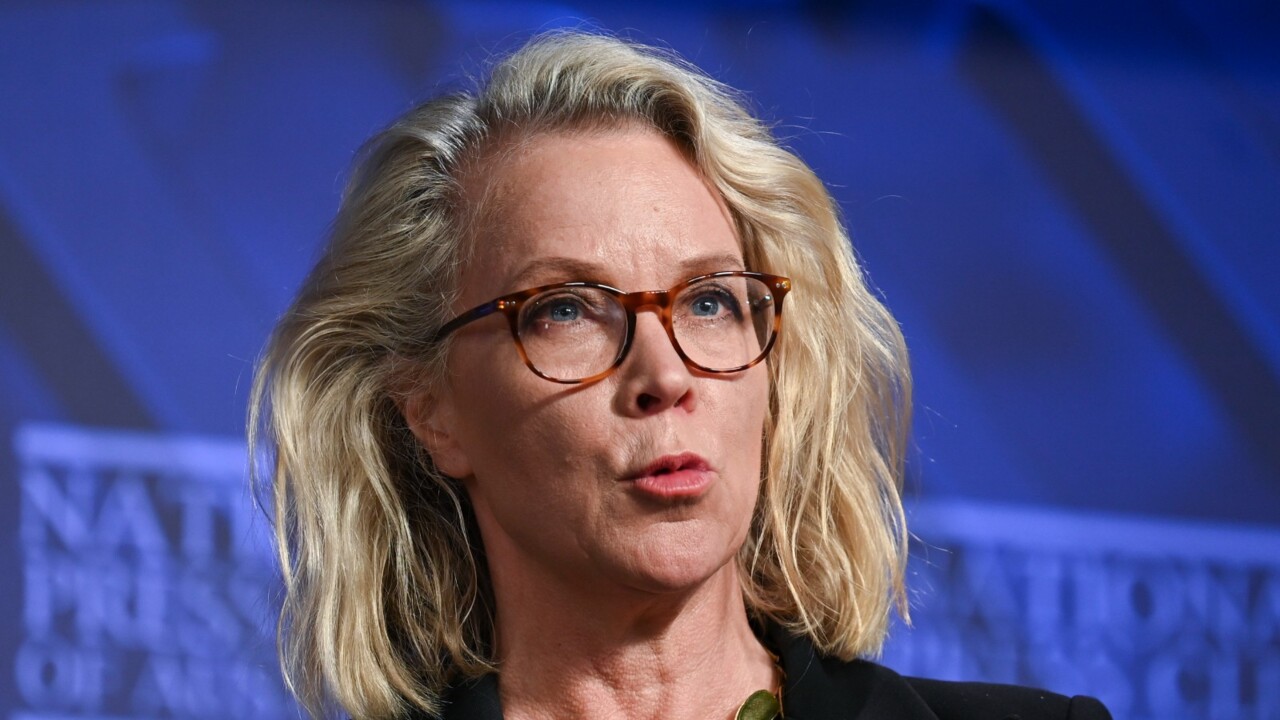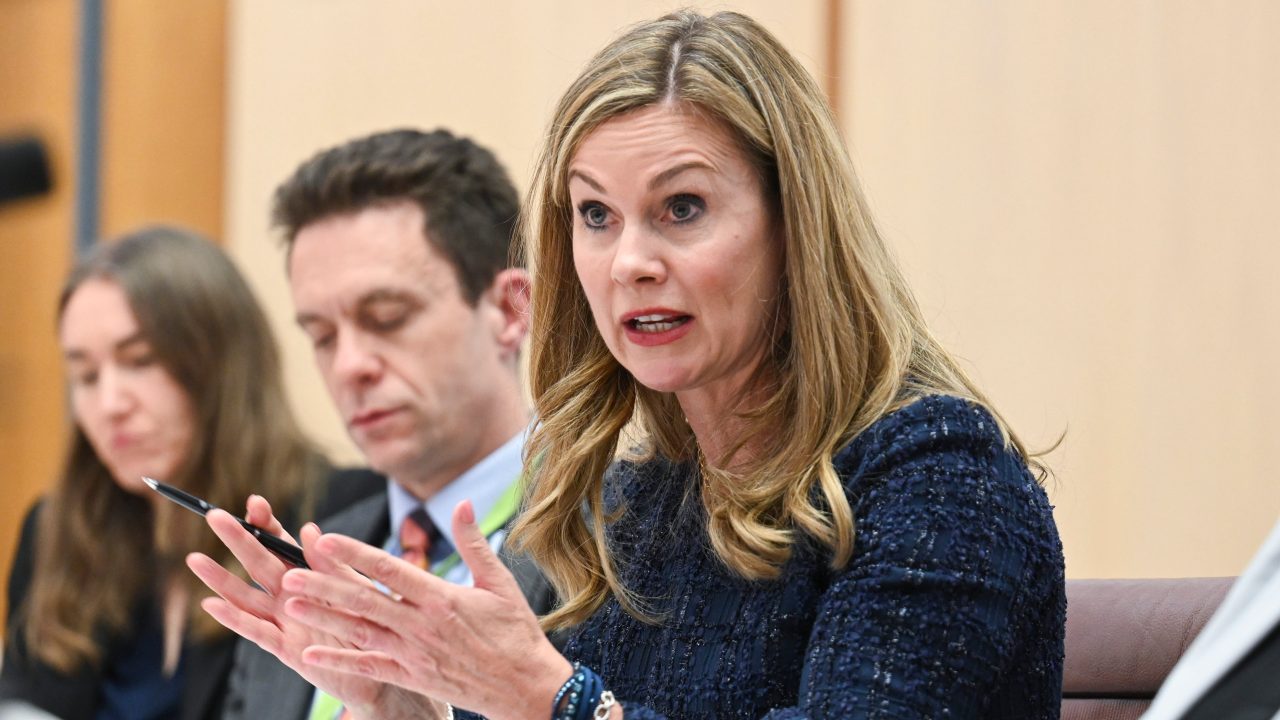The woman in charge of policing misinformation on Australia’s social media platforms has been accused of pushing a “misleading” narrative about online abuse linked to the Voice referendum.
eSafety Commissioner Julie Inman Grant made headlines globally for her failed legal battle with billionaire Elon Musk over footage of a violent stabbing on his platform X and is responsible for stamping out misinformation on the internet.
In the heat of Australia’s Voice referendum debate, Ms Inman Grant claimed her agency had recorded a spike in cyber abuse complaints from Indigenous Australians, while warning the Voice debate would likely lead to an intense increase in racial attacks online.
However, documents obtained through Freedom of Information laws show Ms Inman Grant may have exaggerated the prevalence of complaints.
While the eSafety Commissioner claimed the agency was expecting an uptick in race-based complaints as a result of the increased national discussion around the Voice, there were only two complaints made by Indigenous Australians about cyber abuse relating to the referendum between January 2022 and October 2023.
In the critical three months prior to the referendum – July 1, 2023 to September 30, 2023 – there were 30 complaints made by Indigenous Australians to eSafety.
This figure comprises only 0.4 per cent of total complaints to the agency, and represents a mere increase of eight from the same three-month period in 2022.
None of these complaints led to eSafety ordering the removal of content, meaning it either did not meet the threshold for removal or the agency decided not to act.
During the Voice referendum Ms Inman Grant said the vote would lead to an “intensifying” number of reports, a claim which appears to never have eventuated.
“eSafety has recorded a small but noticeable rise in the proportion of adult cyber abuse complaints from First Nations people in the first half of this year,” Ms Inman Grant told The Australian in August, 2023.
“Only a very small proportion of these relate directly to the voice referendum, however, we anticipate reports are likely to intensify as we approach the voice referendum date.
“Any increase in reports by First Nations people of online harm is highly concerning, not least because the level of online abuse they experience is already significantly higher than average.”
Her comments came just months after the Labor Government increased her agency’s funding fourfold from $10.3 million to $42.5 million each year.
eSafety keeps the details of complaints confidential.
However the data obtained by think tank the Institute of Public Affairs shows a breakdown of categories of each complaint.
In the 12-month period prior to the referendum, eSafety received 169 complaints from Indigenous Australians, with each complaint on average relating to multiple categories of harm.
The think tank claimed seven of the 25 categories could be reasonably related to the complainant’s race: Harassment, hate speech, inciting self harm or suicide, inciting violence or harm, nasty comments/name calling, threats and violent language.
Between October 14, 2022 and October 14, 2023, there were 62 complaints which may have been related to the racial identity of the complainant.
IPA Director of Law and Policy at the Institute of Public Affairs John Storey, who conducted the analysis, said Ms Inman Grant was responsible for “politically charged censorship” and had broken the trust of Australians with her “misleading” claims.
“The narrative Julie Inman Grant has sought to establish, that there was a wave of racist cyber abuse during the referendum, is not supported by her own office’s data,” said Mr Storey.
“The fact that there were just two Voice-related complaints during the middle of a highly divisive national debate, when nearly one million Australians identify as Indigenous, shows that there was little material substance to the eSafety Commissioner’s claims.”
In his analysis, Mr Storey said the eSafety Commissioner had “cried wolf” on the issue of online Indigenous abuse in the middle of the divisive Voice debate.

He also claimed the comments from a senior public servant pushed a false narrative of community disharmony.
“The misleading claim of abuse against indigenous Australians during the 2023 referendum painted a false picture of the level of community disharmony and thus were liable to unnecessarily increase community tensions,” he wrote.
“The Australian community should be sceptical of the eSafety Commissioner’s claims of looming online harm or that the exercise of censorship powers are based on an objective, material, and real assessment of actual harm to the community, and is more likely based on political considerations or raising the profile of the eSafety Commissioner.”
More broadly, the data also disputes characterisations by members of the political and media class who have claimed Australia is inherently a “racist” country.

In a self-described “rant” at the Sydney Writers Festival in May, star ABC journalist Laura Tingle unleashed on Opposition Leader Peter Dutton’s budget reply speech arguing he had handed Australians a free pass to abuse migrants.
“We are a racist country, let’s face it. We always have been and it’s very depressing,” she said.
On the same panel, ABC’s Indigenous Affairs reporter Bridget Brennan claimed the Voice was fuelled by a “feral, nasty campaign”.
“When there is so much racism embedded in this country … (during the voice) it was really horrible as an Aboriginal person,” Brennan said.
Mr Storey said the data also clearly rejected claims by journalists such as Ms Tingle and Ms Brennan.
“Likewise, the data does not support the claims by journalists such as Laura Tingle or Bridget Brennan that the Voice referendum demonstrated the ‘nasty’ racism of the Australian community,” he wrote.
The eSafety Commissioner has been contacted for comment.

